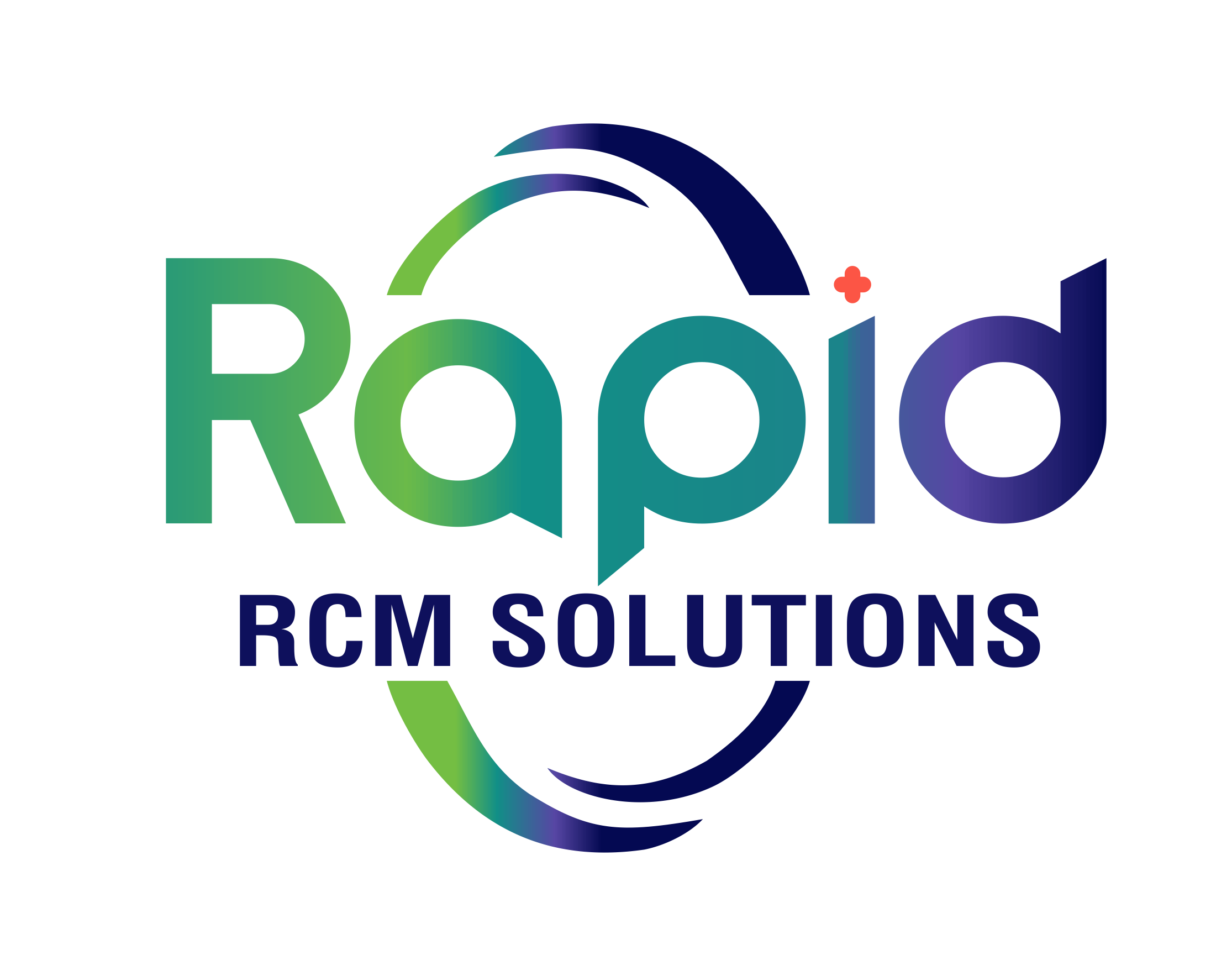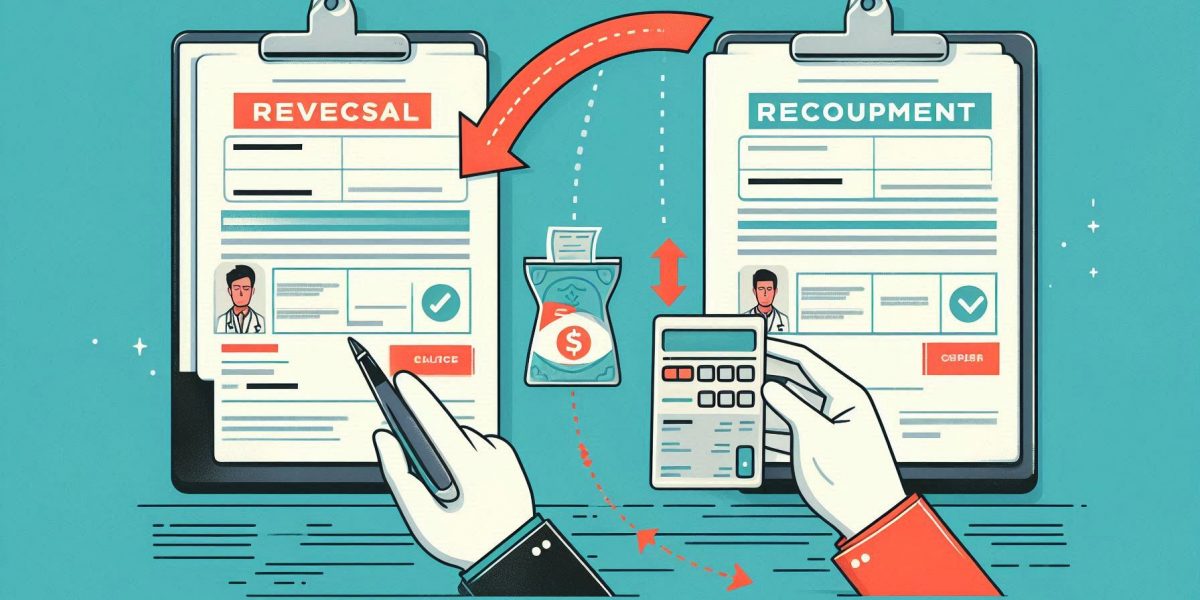Lower back pain isn’t just a minor inconvenience; it stands as one of the most significant drivers of healthcare visits worldwide. Trust us, when it hits, even walking can feel like a major mission. Well, if you are a healthcare provider, then obviously you know how important it is to use the right low back pain ICD-10 code for correct billing and insurance claims.
So, in this blog post, we will make everything clear about the latest changes in the ICD-10 code for low back pain.
Why ICD-10 Codes Matter
Accurate Billing and Faster Reimbursement
Basically, ICD-10 codes are used to elaborate on medical conditions in a standard or general way. When the code used is right, the claims are quickly processed and reimbursement is more accurate. On the other hand, using the wrong code can result in claim denials, payment delays, and compliance issues.
Better Patient Care
Correct codes also help track patient data and health trends. When you have patient data and health trends, it will be easy for you to provide better diagnoses and treatment planning for patients with chronic issues like lower back pain.
What’s New in the Low Back Pain ICD-10 Codes for 2025?
From General to Specific
In the past, providers used the general code M54.5 to report low back pain. But starting in 2025, that code has been replaced with three new, more specific codes. This change helps give a clearer picture of what kind of low back pain the patient has.
Here are the new low back pain ICD 10 codes you should start using now:
- M54.50—Low back pain, unspecified
- M54.51—Vertebrogenic low back pain
- M54.59—Other low back pain
These codes give more detail, which improves record-keeping and billing accuracy.
What Each New Code Means
M54.50 (Low Back Pain, Unspecified)
This code is used when the cause of the low back pain isn’t clear. It’s the right choice when a patient reports pain, but there is no confirmed diagnosis yet. It’s a temporary code until further information is available.
M54.51 (Vertebrogenic Low Back Pain)
If the pain has something to do with vertebrae or spinal bones, then this code will be utilized. Some causes that are likely to be the reason for this include degenerative disc disease or spinal arthritis. Using this code, you will target the right treatment, as this diagnosis is more specific.
M54.59 (Other Low Back Pain)
This code is for types of low back pain that don’t fit into the other two categories. For example, pain that’s related to soft tissue or muscular issues might be coded here.
Why These Changes Matter to You
Fewer Claim Denials
Insurance companies are now looking for more specific diagnosis codes. If you continue to use the outdated M54.5 code, your claims could be denied or delayed. Switching to the correct low back pain ICD-10 code means faster approvals and fewer billing headaches.
Improved Documentation
These updated codes encourage better clinical documentation. Providers can easily track the process and choose better treatment options if they clearly state what kind of back pain a patient has in the documents.
Stay Compliant
You already understand that the regulations keep changing frequently, so it’s extremely essential to stay updated. It will ensure that you remain compliant with insurance regulations and billing laws. Additionally, you will have no audit headache and possible penalties.
Tips for a Smooth Transition
Train Your Staff
Make sure everyone on your billing and coding team understands the new codes. Provide examples and real-world case studies to help them learn faster.
Update Your Systems
Check your electronic health records (EHR) and billing software to make sure they are updated with the new low back pain ICD-10 codes.
Double-Check Claims
During the transition, it’s a good idea to review claims before submitting them. This helps catch any errors before they cause delays.
Common Mistakes to Avoid
- Using M54.5—This code is no longer valid. Always use one of the new codes.
- Guessing the Diagnosis—If you’re not sure what type of back pain it is, use M54.50 and follow up with testing or evaluations.
- Skipping Documentation—Be sure to note the reason behind the chosen code. This supports your claim and improves patient care.
Let Rapid RCM Help You Stay Ahead
To sum it up, the medical billing code updates require attention, yet you can handle them without going it alone since Rapid RCM Solutions is ready to assist you. We make medical billing operations easy for health providers. Our team consists of certified billing experts having active knowledge about existing code updates to enable you to dedicate your time to delivering patient care.
By utilizing cutting-edge technology, we help patients minimize claim denials along with extracting the maximum revenue benefits and clinical growth improvements. No matter if you operate as an individual practitioner or run an office with multiple providers, we offer smooth and stress-free medical billing services for all types of medical organizations.
Are you seeking assistance with system updates and training your staff about new low back pain ICD-10 code updates? Reach out to us today!





